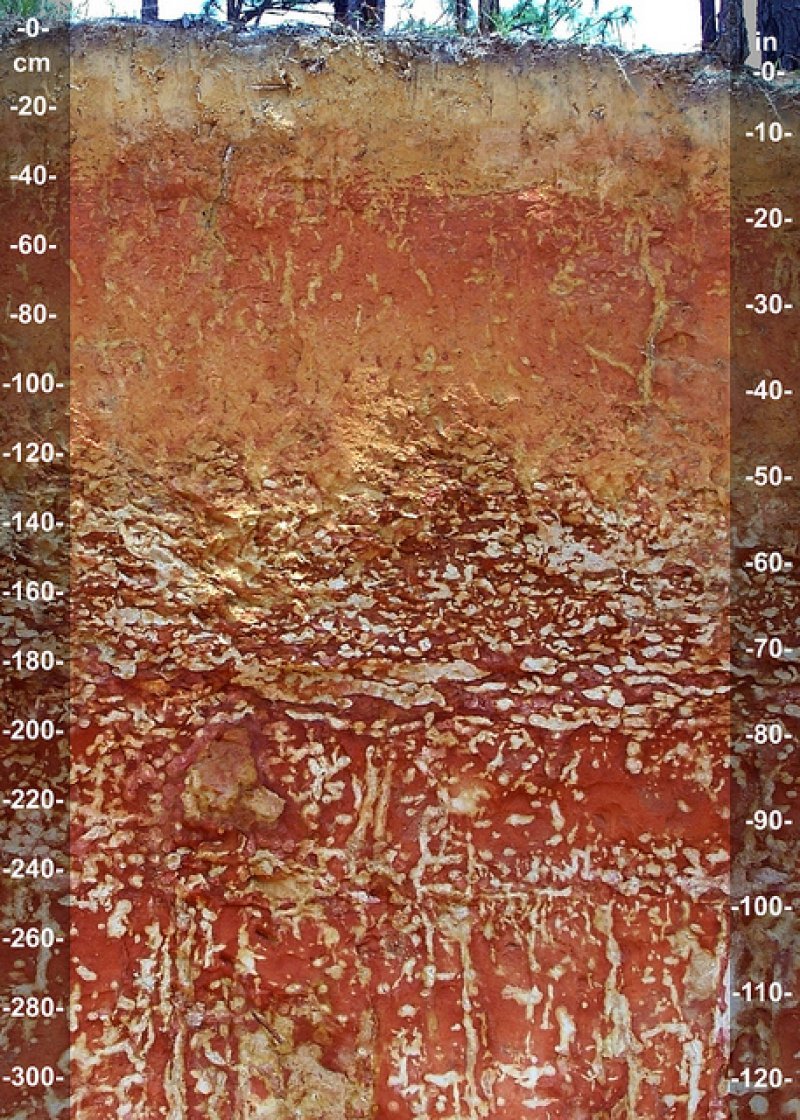
Natural Resources
Conservation Service
Ecological site PX137X00X050
Loamy Backslope Woodland
Last updated: 5/13/2025
Accessed: 12/21/2025
General information
Provisional. A provisional ecological site description has undergone quality control and quality assurance review. It contains a working state and transition model and enough information to identify the ecological site.
Figure 1. Mapped extent
Areas shown in blue indicate the maximum mapped extent of this ecological site. Other ecological sites likely occur within the highlighted areas. It is also possible for this ecological site to occur outside of highlighted areas if detailed soil survey has not been completed or recently updated.
MLRA notes
Major Land Resource Area (MLRA): 137X–Carolina and Georgia Sand Hills
MLRA 137 covers approximately 8,665 square miles (22,450 square kilometers) in the states of South Carolina (44 percent), Georgia (34 percent), and North Carolina (21 percent).
The Sand Hills region occurs below the "fall line", which delineates the older crystalline rocks of the Southern Piedmont (MLRA 136) from the younger sediments of the Southern Coastal Plain (MLRA 133A). The term "fall line" came about because the rivers of the Piedmont cut downward through hard bedrock to meet the lower Coastal Plain sediments. The elevational change is evident in the waterfalls and rapids that occur along this transitional line.
This region is composed of mainly of unconsolidated sediments deposited during the Cretaceous period. Overlying these sediments is the late Miocene to early Pliocene Pinehurst Formation. The Pinehurst Formation is of windblown or eolian origin. Soils in this formation are the subject of this ecological site. Deposits of kaolin and high-silica sands are found across the area and are often mined.
Classification relationships
ATTENTION: This ecological site meets the requirements for PROVISIONAL. A provisional ecological site is established after ecological site concepts are developed and an initial state-and-transition model is drafted. A provisional ecological site typically will include literature reviews, land use history information, legacy data, and must include some soils data, ocular estimates for canopy and/or species composition by weight, and some line-point intercept information. A provisional ecological site provides the conceptual framework of soil-site correlation for the development of the ESD. For more information about this ecological site, please contact your local NRCS office.
Ecological site concept
The map unit components to be correlated to this ES occur on backslopes that have predominantly loamy textures. Representative slopes are 7 to 30 percent, and map unit slopes range from 5 to 35 percent. Available water is higher than Dry Sandy Upland Woodland. The site concept was developed to include Ailey, Barnwell, Blaney, Cowarts, Fuquay, and Vaucluse map units based on preliminary analyses of existing data pertaining to sandy uplands of MLRA 137. Additional components were added that are hypothesized to support similar vegetation. This ES concept is distinct because of its native condition (i.e. reference site vegetation), component soils, successional patterns, and wildlife habitat. Reference site vegetation of this ES is edaphically supported by loamy subsoil with some sort of restriction due to the presence of plinthite, fragic properties, or densic materials. Dominant reference site vegetation includes longleaf pine (Pinus palustris), wiregrass (Aristida stricta and Aristida beyrichiana), bluejack and blackjack oak (Quercus incana and Q. marilandica), and an herb layer. Species richness is higher than in the dry ES. Historically, fire was integral to the evolution and maintenance of the native condition in this region.
Proposed field investigations are designed to test the association of our initial Dry Sandy Backslope Woodland ES with soil series and specific soil properties.
Steeper slopes and other areas protected from fire may support deciduous hardwood species such as oaks and hickories. Separating this community from the longleaf-dominated site will be difficult due to the scale of soil mapping and patchiness of fire-protected areas. Of course, considering the fire suppression efforts of the mid-twentieth century, hardwoods may have become established in areas that under historical fire regimes would be dominated by longleaf pine.
Table 1. Dominant plant species
| Tree |
(1) Pinus palustris |
|---|---|
| Shrub |
(1) Vaccinium crassifolium |
| Herbaceous |
(1) Aristida |
Legacy ID
F137XY050GA
Click on box and path labels to scroll to the respective text.



